Emerging Technologies in Construction Consulting: Your Edge in a Changing Industry
Chosen theme: Emerging Technologies in Construction Consulting. Welcome to a practical, forward-looking space where we decode new tech, share field-tested stories, and help you deliver safer, faster, and more sustainable projects. Subscribe and join leaders who turn innovation into everyday advantage.

A digital twin links geometry, schedules, sensors, and constraints into one evolving model. Consultants use it to test phasing, crane placements, energy loads, and safety routes, turning risk into actionable options. Stakeholders finally see consequences and trade-offs before committing budget or time.

On a hospital retrofit, the twin revealed that duct reroutes would clash with weekend staff flows. By simulating alternatives, the team shifted logistics, rescheduled deliveries, and pre-fabricated risers. The result was two weeks saved, zero unplanned shutdowns, and happier clinicians who never missed critical access.
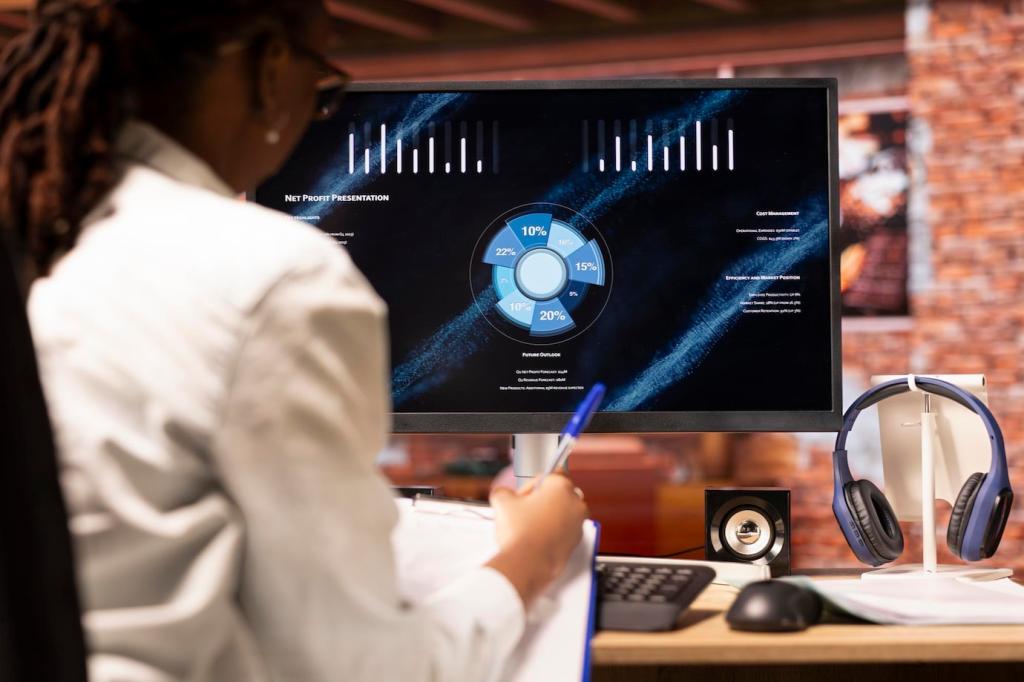
Which decisions are hardest on your projects today: phasing, logistics, energy, or lifecycle maintenance? Tell us your priority, and we will publish a practical walkthrough using a sample twin. Comment below or subscribe for a hands-on guide with checklists you can use tomorrow.
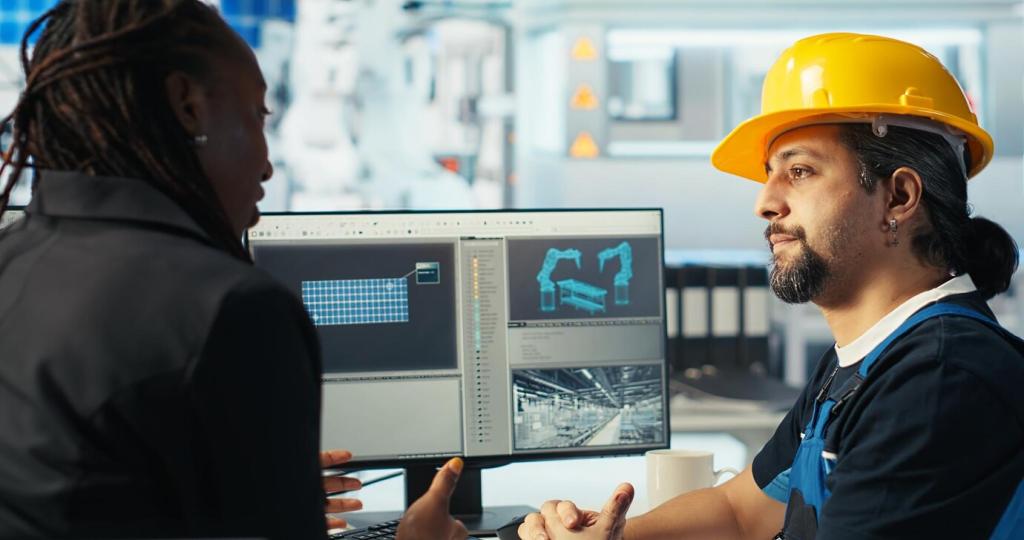
Forecasts You Can Act On
AI thrives when fed clean project histories, weather data, and cost trends. We translate that into clear probabilities for schedule slippage, procurement risks, and change order exposure. Instead of generic dashboards, you get ranked actions: expedite critical submittals, resequence crews, or adjust buffers with confidence.
When Data Fought Weather Delays
A coastal project faced chronic wind interruptions that battered the crane plan every spring. Our model pinpointed the weeks with highest disruption risk and recommended resequencing curtain wall panels. That single move protected the critical path and held the opening date without bloating overtime or burning contingency.
Ask an Algorithm, Ask a Human
What forecast would help your team sleep better: labor productivity, lead times, or RFIs? Send your question, and we will demo a simple AI approach with transparent assumptions. Subscribe for templates that show how to validate predictions and keep humans firmly in the decision loop.
Robotics and Autonomous Systems On Site
You do not need a sci-fi site to benefit. Drones capture progress and tie it to quantities. Layout robots reduce rework while keeping accuracy tight. Autonomous rollers smooth night shifts with consistent compaction. The consultant’s job is aligning safety, insurance, and process so adoption sticks.
Robotics and Autonomous Systems On Site
We flew drones after dark on a downtown tower, feeding overnight point clouds into clash checks. Every morning, superintendents opened fresh deviation maps instead of hunting issues. One superintendent said the 6 a.m. standup finally felt calm because problems arrived with solutions, not surprises.
Robotics and Autonomous Systems On Site
Curious where to start: layout, verification, or progress tracking? Tell us your top bottleneck and we will suggest a pilot plan including safety, training, and ROI checkpoints. Subscribe for a printable pilot playbook with roles, durations, and metrics that convince even your toughest skeptic.
Sustainable Tech and Carbon Intelligence
Material passports track product provenance, embodied carbon, and end-of-life pathways. Linked to carbon dashboards, they allow rapid swaps to lower-impact options. Design teams can experiment with blends, mixes, and suppliers while monitoring cost and schedule effects, not just environmental claims.

AR and VR for Stakeholder Alignment
Using headsets on site, teams overlay models onto reality to spot misroutes, missing embeds, and clearance issues. Field leaders mark corrections in place, and designers see exactly what needs attention. The conversation changes from arguing drawings to agreeing on fixes everyone can visualize immediately.

Data Infrastructure and Interoperability
ISO 19650-aligned structures, disciplined naming, and permissioned access keep teams synchronized. With APIs bridging model viewers, scheduling tools, and field apps, updates land where they are needed. People stop emailing stale spreadsheets and start trusting the same continuously refreshed information.
Data Infrastructure and Interoperability
On a transit job, every group maintained its own trackers. We consolidated into a governed environment with role-based access and automated validations. The result was fewer errors, faster reporting, and a single version of truth that eliminated weekly reconciliation marathons and frustrating copy-paste mistakes.
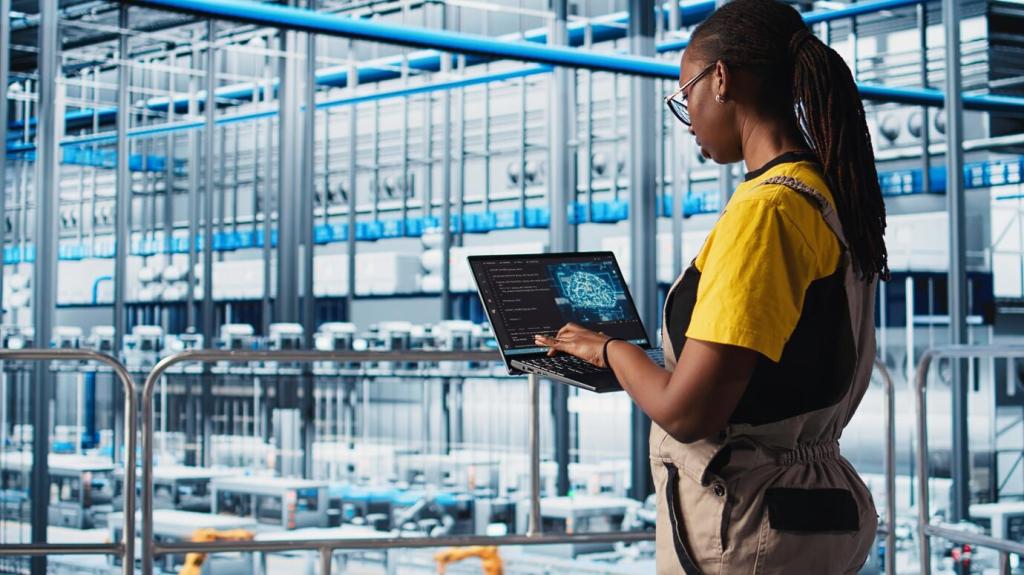
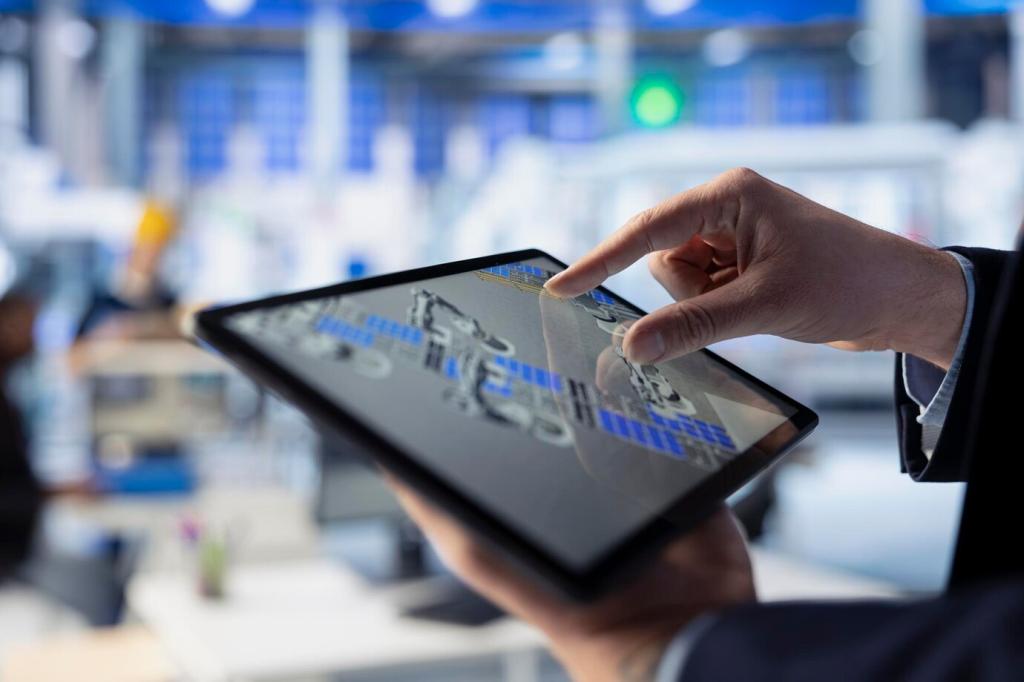
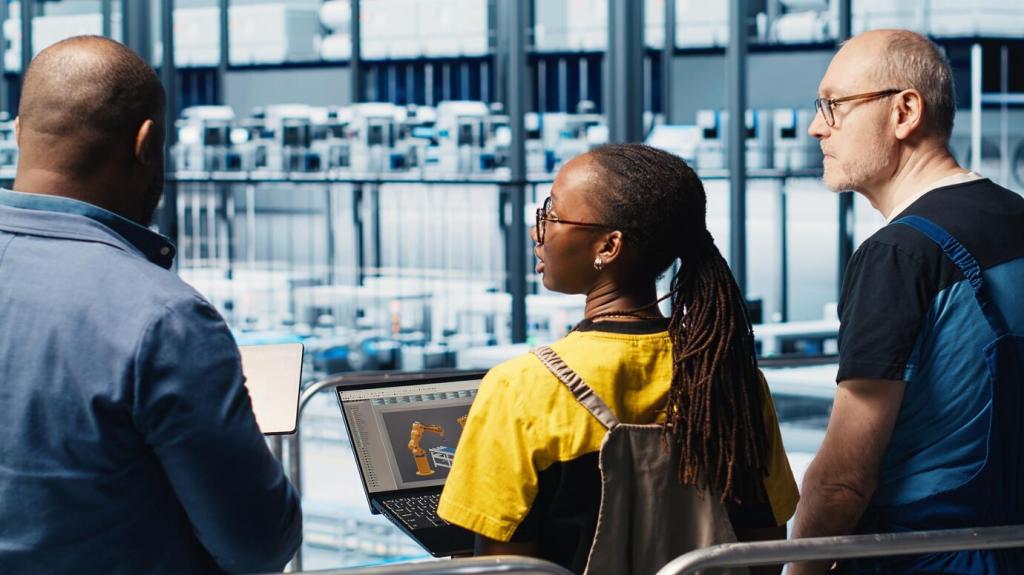
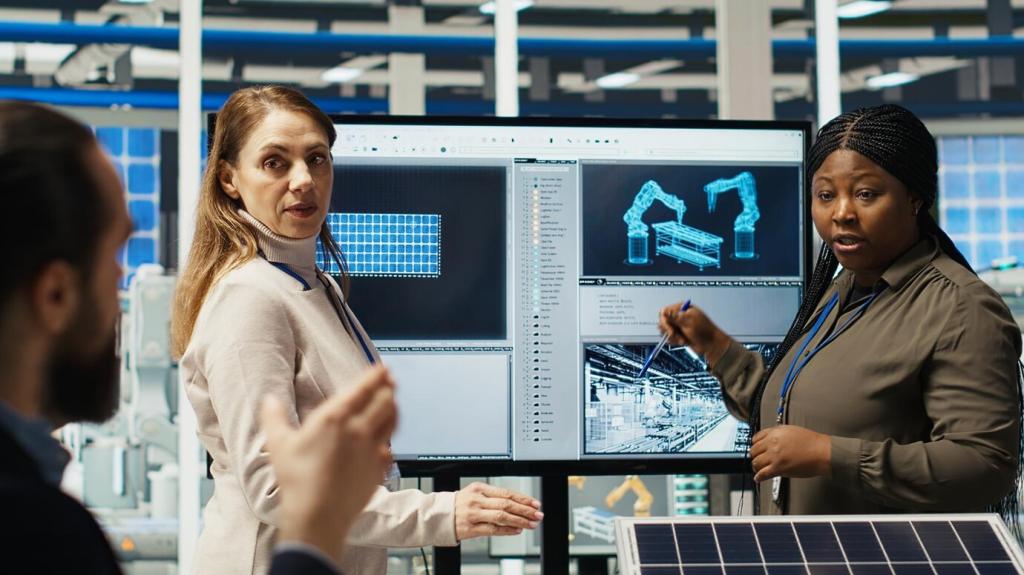
Cybersecurity and Governance for ConTech
From tablets to sensors, every device should verify before accessing data. Least-privilege access, multifactor authentication, and monitored service accounts reduce exposure. Clear joiner-mover-leaver workflows help teams maintain security even as staff and subcontractors change across project phases.
Cybersecurity and Governance for ConTech
A realistic phishing email targeted a subcontractor and nearly altered a crane payment. Our governance playbook detected anomalies, froze approvals, and verified offline. The scare catalyzed better training, tighter vendor checks, and mandatory multifactor authentication across every financial workflow connected to the project.
